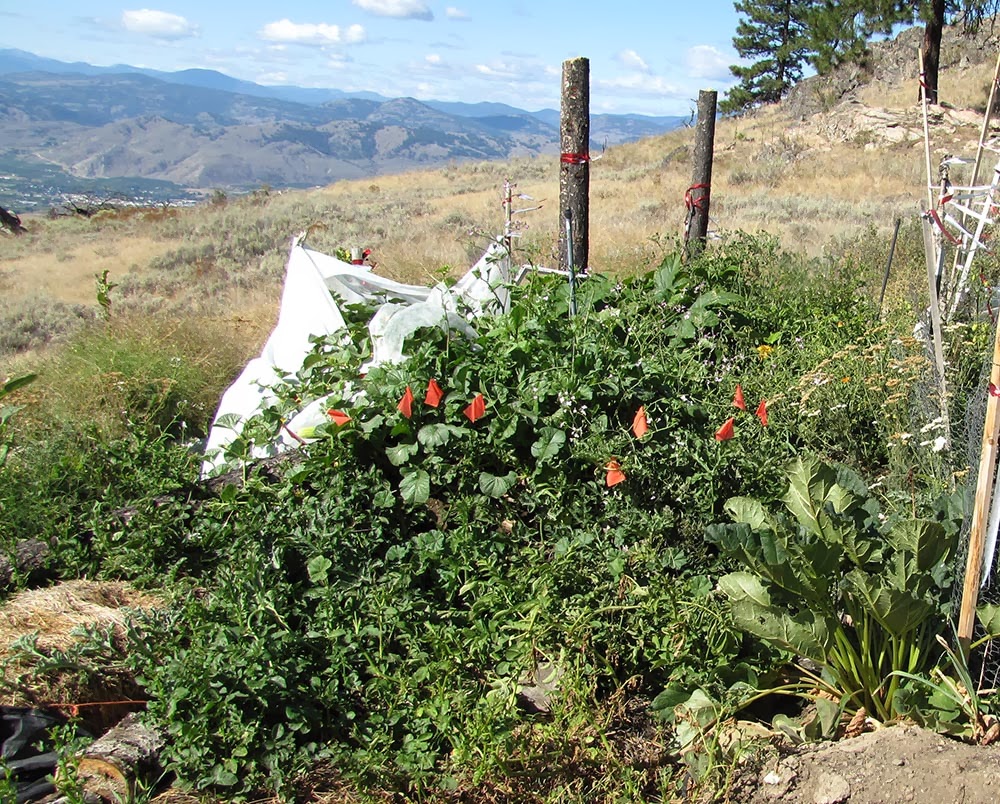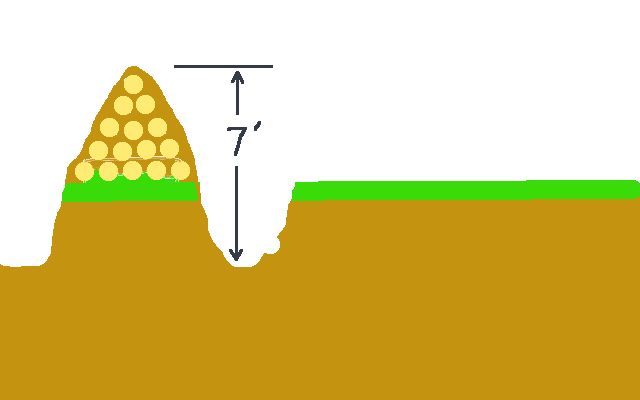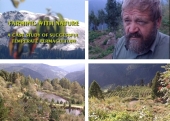
 2
2




 4
4




Pecan Media: food forestry and forest garden ebooks
Now available: The Native Persimmon (centennial edition)

 3
3




Ask me about food.
How Permies.com Works (lots of useful links)

 5
5




 2
2




 2
2




Dan Boone wrote:How hot? How dry? How windy?... Note this is not an either/or question, but a spectrum.
John Polk wrote:Like everything in permaculture, there is no "one-size-fits-all". Everything must be designed for the climate and needs of the individual.
Subtropical desert (Köppen: BWh)
Elevation: 1090 ft Annual rainfall: 7"
 1
1




Medicinal herbs, kitchen herbs, perennial edibles and berries: https://mountainherbs.net/ grown in the Blue Mountains, Australia
 2
2




 5
5





 1
1




 1
1









http://howtowheatgrass.com





















 1
1











 3
3




Ask me about food.
How Permies.com Works (lots of useful links)





 1
1












 ). The few that produced less were only 1.5 feet tall and I think they mainly lacked mass; plus the manure I used in those small beds was too fresh and had adverse effects. Since my garden was not yet deer-fenced, I put fabric fences around individual beds to keep animals out, using linens/sheets from thrift stores and garage sales. In retrospect, looking through the above posts, I wonder if the fabric fences helped to keep moisture in by protecting against wind (which we get a lot of). The fabric walls may have helped foster a moister microclimate; either way, I didn't have an issue with the beds drying out. I also used drip irrigation since the hugelkultur wouldn't be optimally functioning in the first year, and I'm sure that was a good solution for keeping the beds moist.
). The few that produced less were only 1.5 feet tall and I think they mainly lacked mass; plus the manure I used in those small beds was too fresh and had adverse effects. Since my garden was not yet deer-fenced, I put fabric fences around individual beds to keep animals out, using linens/sheets from thrift stores and garage sales. In retrospect, looking through the above posts, I wonder if the fabric fences helped to keep moisture in by protecting against wind (which we get a lot of). The fabric walls may have helped foster a moister microclimate; either way, I didn't have an issue with the beds drying out. I also used drip irrigation since the hugelkultur wouldn't be optimally functioning in the first year, and I'm sure that was a good solution for keeping the beds moist.
 and other posts for details. So far I am very pleased with the results. In our climate, intuitively, it does make sense to have the beds at least partly underground to avoid moisture loss.
and other posts for details. So far I am very pleased with the results. In our climate, intuitively, it does make sense to have the beds at least partly underground to avoid moisture loss.
 There is also a place to enter your email if you wish to subscribe. Thanks!
There is also a place to enter your email if you wish to subscribe. Thanks!
Gardening with the Slow Burn of Rotting Wood
http://woodforfood.blogspot.com
 3
3





Check out the plans to build your own charka-style spinning wheel from bicycle parts
Explore the intersection of permaculture, community, and the cycle of life at Herland Forest Natural Burial Cemetery and the Windward Education and Research Center
 2
2




$10.00 is a donation. $1,000 is an investment, $1,000,000 is a purchase.

| I agree. Here's the link: http://stoves2.com |








